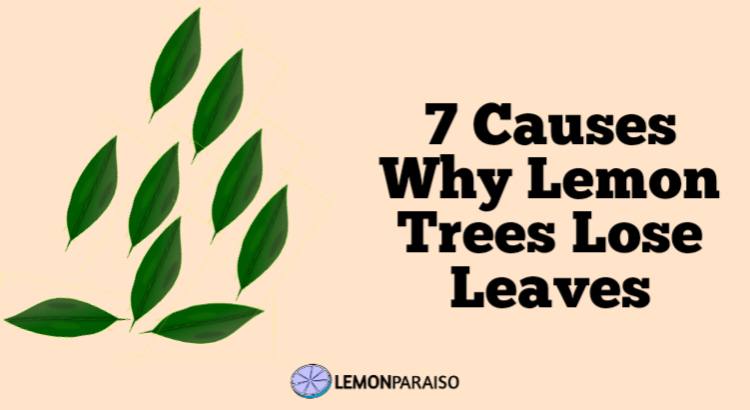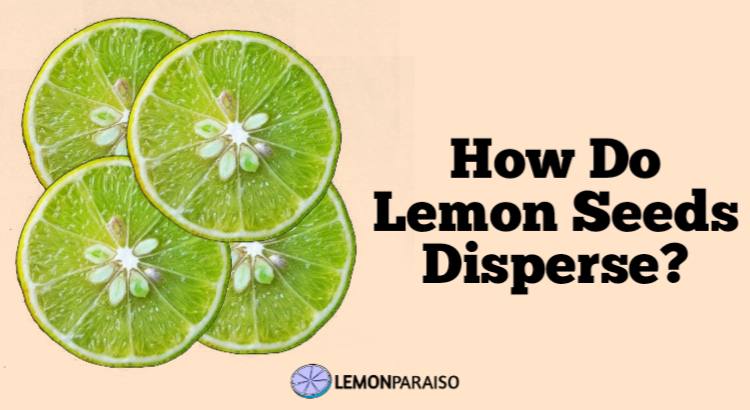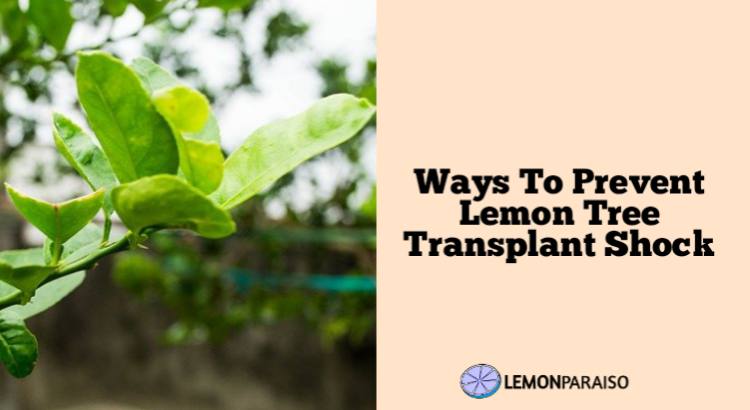Can You Grow Lemon Trees In Hawaii?
Hawaii is a tropical paradise that is known for its lush vegetation and beautiful landscapes. One of the many fruit trees that thrive in this warm and humid environment is the lemon tree.
Can You Grow Lemon Trees In Hawaii?
Yes, you can grow lemon trees in Hawaii. The tropical climate and consistent temperature make it an ideal location for growing citrus trees. However, some areas of Hawaii may not be suitable for lemon trees due to extreme weather conditions or poor soil quality.
It’s best to research the specific requirements for lemon trees and the local growing conditions before planting.
What Are The Best Lemon Tree Varieties To Grow In Hawaii?
The best lemon tree varieties to grow in Hawaii are the Eureka and Lisbon lemons. Both varieties are known for their juicy, tart fruit and high yields. They also have a higher tolerance for heat and humidity than other lemon varieties. Meyer lemons are also be grown in Hawaii, but they are a hybrid and not a true lemon variety.
What Is The Best Time To Plant Lemon Trees In Hawaii?
The best time to plant lemon trees in Hawaii is during the spring or fall months when temperatures are milder and there is less chance of extreme weather conditions. It’s important to choose a location that gets plenty of sunlight and has well-draining soil.
Water the tree regularly and provide additional fertilizer during the growing season to encourage healthy growth.
What Type Of Soil Is Best For Growing Lemon Trees In Hawaii?
Lemon trees in Hawaii grow best in well-draining soil that is slightly acidic. A sandy loam soil type with good drainage and organic matter is ideal for growing lemon trees. Avoid planting in heavy clay soils, which can lead to root rot and other issues.
A soil test can help determine the pH and nutrient levels of your soil, allowing you to adjust accordingly.
How Much Sunlight Do Lemon Trees Need In Hawaii?
Lemon trees require plenty of sunlight to produce healthy fruit. In Hawaii, they should be planted in a location that gets at least 6-8 hours of direct sunlight each day.
However, it’s important to protect young trees from intense afternoon sun and wind until they are established.
What Are The Common Pests And Diseases That Affect Lemon Trees In Hawaii?
The most common pests that affect lemon trees in Hawaii are citrus leaf miners, spider mites, and aphids. Diseases like citrus canker and root rot can also be a problem in humid conditions.
Regular monitoring and treatment with organic insecticides and fungicides can help prevent and control these issues.
How Often Should Lemon Trees Be Watered In Hawaii?
Lemon trees in Hawaii should be watered regularly, but not overwatered. It’s important to allow the soil to dry out slightly between waterings to prevent root rot.
The frequency of watering will depend on the climate, soil type, and age of the tree. Generally, young trees need more frequent watering than mature trees. At least 1-2 inches of water per week is enough for lemon trees to stay hydrated.
What Is The Average Lifespan Of A Lemon Tree In Hawaii?
The average lifespan of a lemon tree in Hawaii is around 50 years, with some trees living up to 100 years.
The lifespan of a tree will depend on various factors such as proper care, disease resistance, and climate conditions. Pruning and regular maintenance can also help extend the life of a lemon tree.
Can Lemon Trees Be Grown In Containers In Hawaii?
Yes, lemon trees can be grown in containers in Hawaii. Container-grown trees can be moved indoors during extreme weather conditions or to protect them from pests and diseases.
Dwarf varieties like the Meyer lemon are well-suited for container growing, but it’s important to choose a pot with good drainage and to provide adequate sunlight and nutrients.
How Do You Care For Lemon Trees During The Winter In Hawaii?
Winter in Hawaii is relatively mild, but it’s still important to protect lemon trees from cold temperatures and frost. Mulching the soil around the base of the tree can help insulate the roots and protect them from the cold.
Covering the tree with a frost cloth or blanket during periods of freezing temperatures can also provide additional protection. It’s important to monitor the tree for signs of stress or damage during the winter months and to adjust care as needed.
Watering should be reduced during the winter, but the tree should still receive adequate moisture to prevent drying out. Regular pruning and fertilizing should also be continued during the winter months to promote healthy growth.




